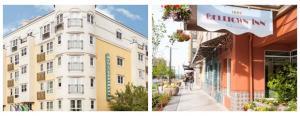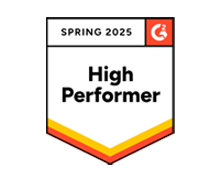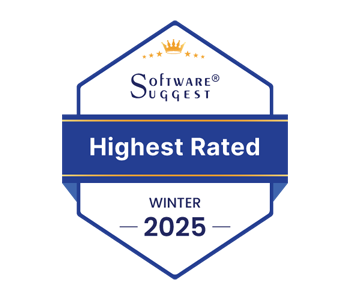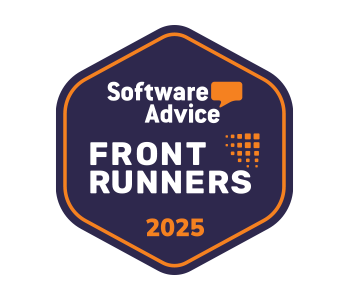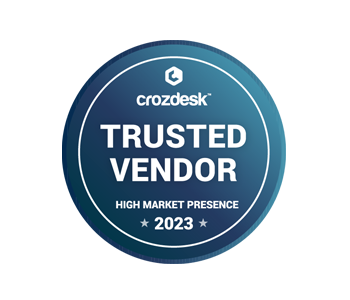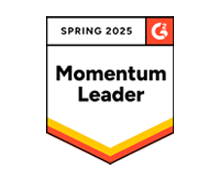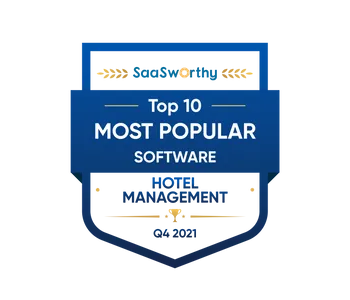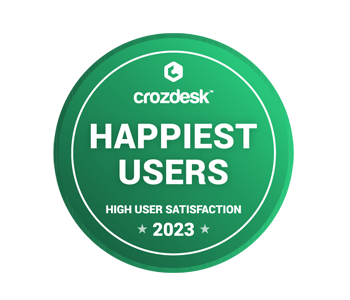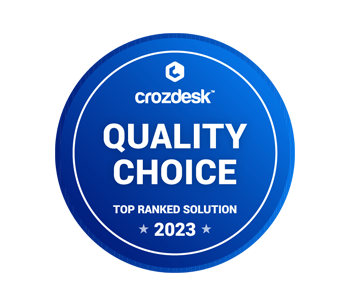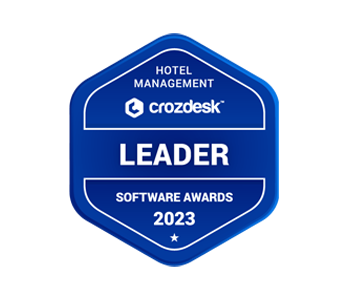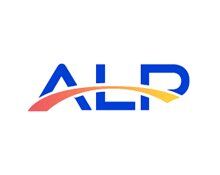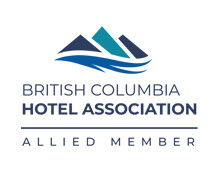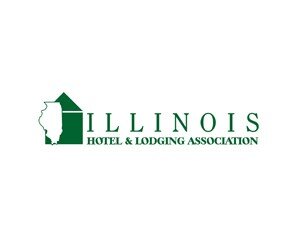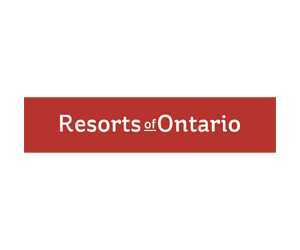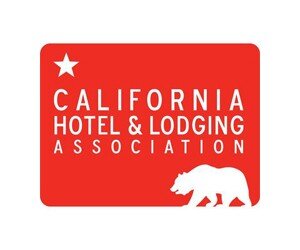Running a hotel is a complicated job with a never-ending list of responsibilities. It can be easy to get caught up in the day-to-day tasks that keep your property running smoothly and forget about taking time to assess your business’s performance. But, as they say, you can’t improve what you don’t measure – so start measuring.
Here are eight important key performance indicators (KPI) every hotelier should be tracking:
Financial KPIs
Average Occupancy Rate (AOR) >> The AOR measures the percentage of rooms that are occupied over a specific period. It is calculated by dividing the number of paid rooms occupied by the total rooms available (for the desired period) and multiplying that figure by 100.
Occupancy is an essential indicator of hotel success. Increased AOR typically means increased revenue, so you should pay careful attention to this figure. Check out our past blog post for ideas on increasing occupancy at your property.
In addition to providing insight into hotel performance, knowing your AOR is critical for operations. This metric can help you staff your hotel appropriately and manage inventory effectively.
Average Daily Rate (ADR) >> The ADR measures the revenue generated by each room on average. It is calculated by dividing total room revenue by the number of rooms sold. You should be comparing your ADR to the average costs per room to ensure profitable pricing decisions.
For tips on improving ADR at your property take a look at this past post.
Average Rate Index (ARI) >> The ARI indicates how your ADR compares to that of your immediate competitors. It is calculated by dividing your ADR by your competitors’ average ADR. This figure can help you determine if, and how, you should be adjusting your pricing.
Revenue Per Available Room (RevPAR) >> RevPAR is often considered the most important figure for analyzing hotel success. Although similar to ADR, it includes the rooms that are sitting empty in the calculation (RevPAR = total room revenue / number of available rooms). Because this ratio accounts for both revenue and occupancy, it serves as a good snapshot of success and profitability.
Revenue Per Available Customer (RevPAC) >> RevPAC (calculated by dividing the total revenue from hotel guests by the number of hotel guests) reflects the average revenue generated by a single customer. This figure accounts for ancillary revenue sources (from spa treatments to food and beverage purchases to pet fees) in addition to room revenue.
Check out our past blog post for ideas on increasing ancillary revenue, and therefore RevPAC, at your hotel.
Customer Acquisition Cost >> This metric indicates how much cost is invested in acquiring each new customer. You can compute it by summing the total amount spent on sales and marketing and dividing that figure by the number of clients acquired through those efforts. Calculate the CAC for individual channels to determine which ones are worth continued investment.
Guest Satisfaction KPIs
Online rating >> In the age of the internet, hoteliers no longer have to wonder how their guests felt about their stay; online reviews provide explicit and measurable feedback. You should be aware of the number of reviews and overall rating your hotel has on sites like Google and TripAdvisor, and making efforts to improve both.
Read this blog post for tips on improving your ratings online.
Guest engagement >> People engage with the brands that they trust and love, so how much engagement you get online can be a good indicator of overall guest satisfaction. Track the number of likes, comments, and shares your content is getting on social media platforms for a sense of how contented and loyal your guests are.
Running a successful business requires constant self-assessment and adjustment. Track, and regularly assess, these KPIs so you can run a more efficient and profitable property.




